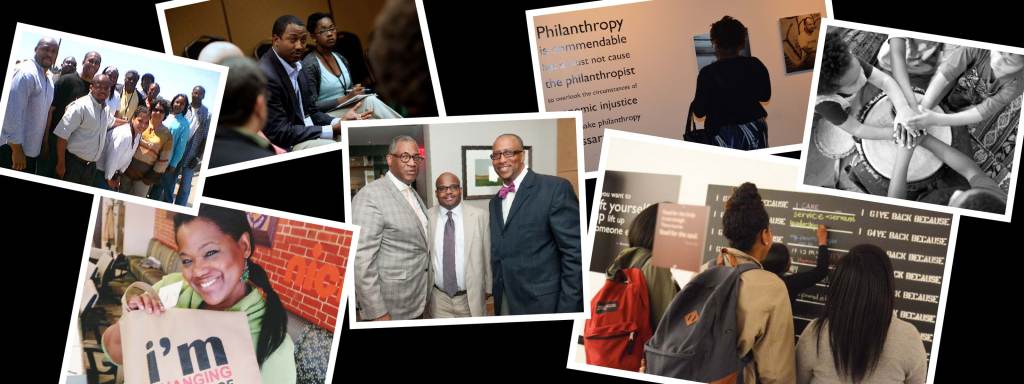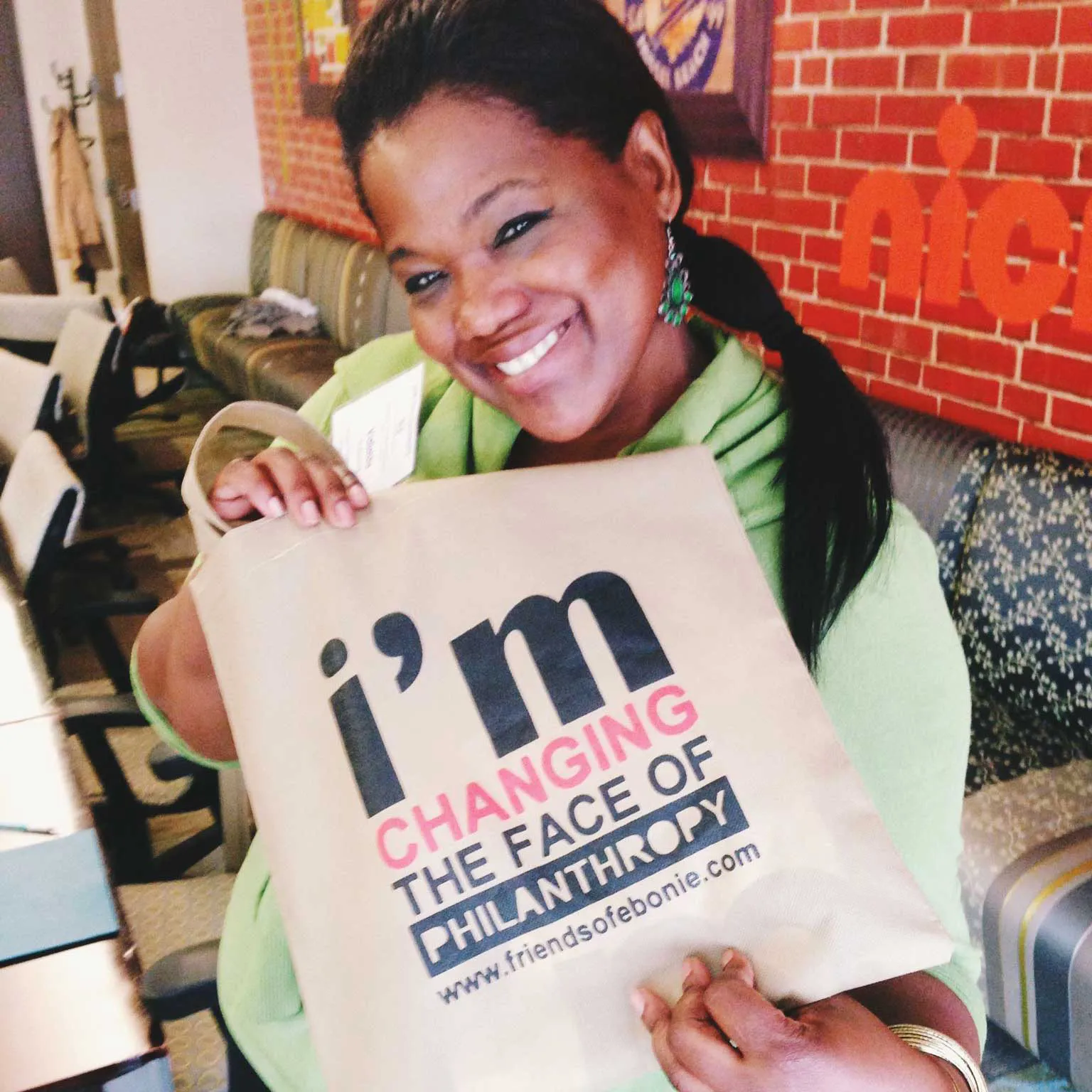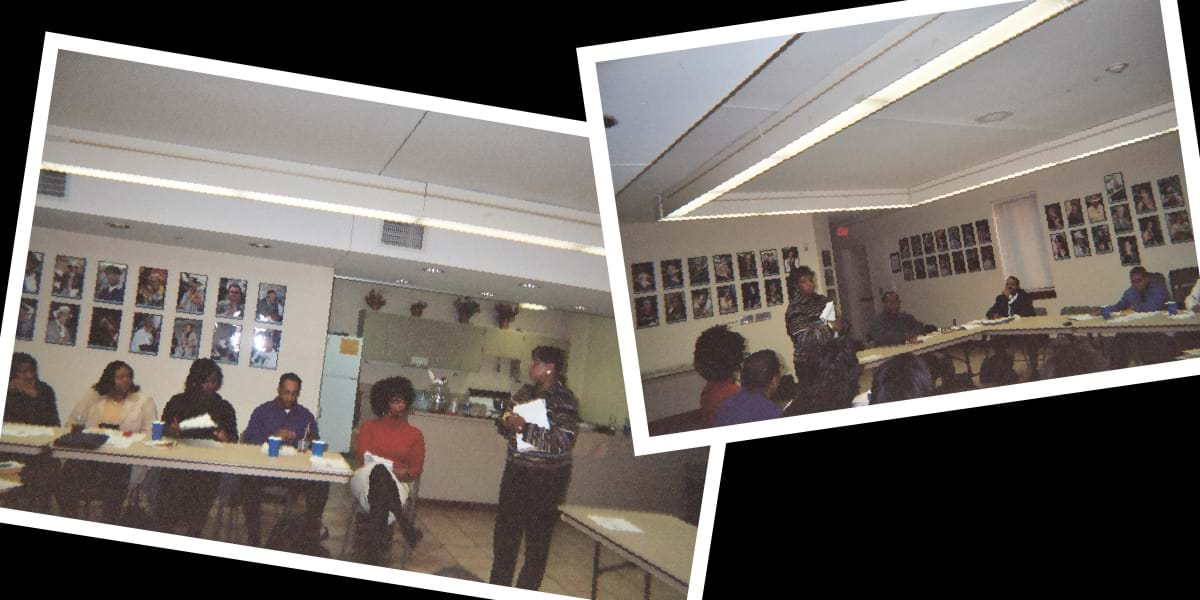
Every August, for nearly a decade, a vibrant and growing network of leaders from foundations, nonprofits and community groups unite across the globe to mark Black Philanthropy Month. Collectively, this network, now more than 17 million globally, represents the historic and transformative impact of giving in Black and Pan-African communities in Africa and across the diaspora. And they want to see more of it.
Today, as the world confronts a global pandemic, civil unrest, and protests for Black lives, the work of this burgeoning network is all the more consequential. They recognize how community-based philanthropy and giving, particularly in Black communities, is central to achieving racial justice. Black donors often give some of the highest percentages of their incomes to philanthropic causes compared to other racial groups, but they’re not often thought of as the conventional face of philanthropy. Their spirit of giving is rooted in family, in community and our shared humanity, rather than what too often becomes a benefactor-to-beneficiary relationship.
So we took this moment to sit down with two of the pioneers within the Black philanthropy movement: Valaida Fullwood, author of Giving Back and co-architect of Black Philanthropy Month, and Linetta Gilbert, a former senior program officer at Ford, who has invested over $1 billion in her philanthropic career into community-led philanthropic organizations and forged paths that have benefited the three women leading Black Philanthropy Month. Together, they are creating a richer, more accurate portrait of philanthropy in America today.
Their story, like so many, begins close to home and with a desire to empower Black communities worldwide.
The Seeds of an Idea: I am my ancestors’ wildest dreams
Fullwood: I’m from a small town in western North Carolina. Our heritage, our traditions of giving were all around me. We can go back about nine generations, tracing a legacy of investing in people and communities with our wealth, our work and our wisdom. And while no buildings bear their names, no boardrooms display their portraits, the philanthropists best known to me are the ones in my family, church and hometown. So growing up in that kind of environment and having our family’s history and stories as a constant presence in my life helped me become who I am.

I remember vividly when I first heard the term ‘Black philanthropy.’
Around 2004, I was a board member at the African American Community Foundation in Charlotte, North Carolina. Darryl Lester and Athan Lindsay, founding members of Next Generation of African American Philanthropists (NGAAP) in Raleigh were slated as presenters. They talked about this thing called Black philanthropy, a term I had never heard. They spoke to our ways and traditions of giving, and how they aren’t reflected in mainstream philanthropy.
I was struck. It resonated with me because I knew those stories. Culturally, we’ve always been community-oriented people, and our giving reflects the importance of our connections and relationships and the impulse to care for those around us. I knew those traditions and had grown up with them, and hearing someone give voice to that and introduce language around it was so powerful to me. It changed everything.
Gilbert: This moment that Valaida describes was not by chance but fueled by years of work and research. My goal, at that time, as a senior program officer at Ford, was to help young Black leaders, like Valaida, to understand that with philanthropy comes the opportunity to lead in other ways and other places.
From Giving Circles to Black Philanthropy Month
Gilbert: I always had an idea—to create opportunities for young people to participate in problem-solving in their communities, so, as they became adults, they would understand the power of communities working on their behalf and they would carry this on with the next generation.
My goal was to build local leaders and local wealth to advance leadership of people of color in America. Darryl Lester was someone I knew well and who I turned to when it was time to build. He elevated the concept of Black collective giving, using giving circles as a model. He guided us in funding the first two Black giving circles in Ford’s portfolio, NGAAP in Raleigh, North Carolina and Birmingham Change Fund (BCF) in Alabama.
These giving circles validated an important idea: that meaningful change in communities can be nurtured through Black giving. For example, BCF picked education as its key issue and funded individual schools. Members of the giving circle participated in the selection of a new superintendent. Some members went on to become activists or run for office. One became the chair of the school board. A few years later, that BCF member ran for mayor of Birmingham, and today is the city’s mayor—its youngest in 120 years.
All the giving circles that came into being, including the one Valaida founded in Charlotte, have had to understand the interrelationship between Black people giving time, talent and resources, civic and community leadership and organized philanthropy. It really defines the essence of the term ‘bottom-up.’

Fullwood: I love hearing this backstory about Linetta’s work. It shows the power of investing in individuals, in leaders, and the power of having that guidance and access to thought leaders. It was significant for all of us to be trusted and invested in.
In fact, I think it was just before my book release, in early 2011, that Linetta introduced me to Dr. Jackie Bouvier Copeland, the founder of Black Philanthropy Month.
It was later in 2011 at the Pan-African Women’s Action Summit in Minneapolis where Jackie first proclaimed August as Black Philanthropy Month. Linetta was there. I was there. And after that connection, two years later I joined Jackie to build out a platform for celebrating Black giving, along with fellow co-architect Tracey Webb, founder of the giving circle Black Benefactors.
Linetta’s vision and investments to build leadership through philanthropic practice converged, fatefully, at the summit in Minneapolis, now the epicenter of protests and calls for racial justice. A fitting birthplace of Black Philanthropy Month.
A Ripple Effect: A New Generation of Leadership
Gilbert: Few people are able to stay alive to watch what they’re doing come into fruition. I get emotional thinking about it. It’s truly a gift to be able to see your early ideas and investments help create fertile ground seeding the social change we’re seeing today. And I must give recognition to the people who saw this some time ago and encouraged me. People like James Joseph, former head of the Council on Foundations. He in his own, very powerful way, was prophetic. He began the conversation about diversity in philanthropy and Black leadership. Today, I sit in awe and think, ‘Wow, it’s possible. It’s happening.’
Fullwood: And now, more than ever, this kind of bold leadership is needed. With the impacts of COVID-19, it’s apparent that Black people everywhere, whether it’s Black people in China and across Asia, Brazil and throughout Latin America, or on the African continent, how we’ve been affected disproportionately healthwise, but also impacted economically and emotionally due to anti-Black racism. Black Philanthropy Month has created space and opportunity to organize global connections, convenings and conversations among both nonprofits and businesses on how we can rebuild, how we can recover and how we can support our communities to be safer and more just.
Gilbert: I see clearly that these are the children and grandchildren of some of the people we were working with when this concept was just taking root decades ago. They understand they can no longer wait for the hope of their parents and grandparents to be realized; they are our hope.
Thank you, Valaida, for being a part of that hope and creating a third generation of leaders in Black philanthropy.